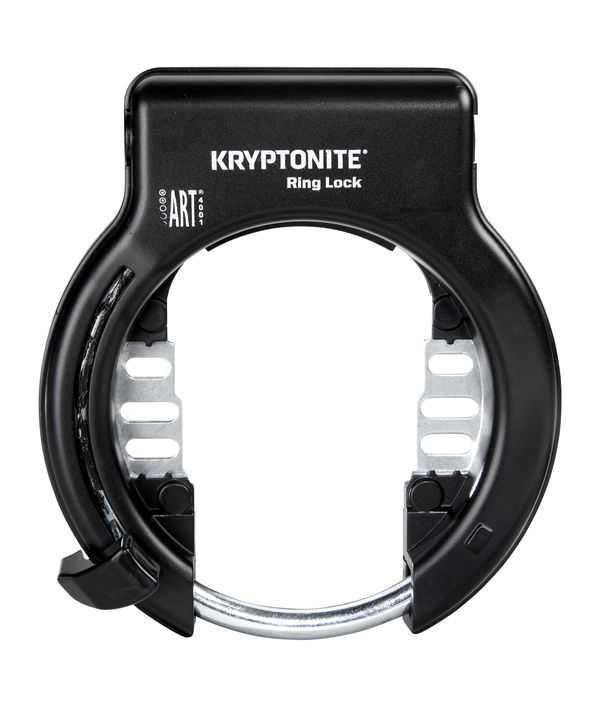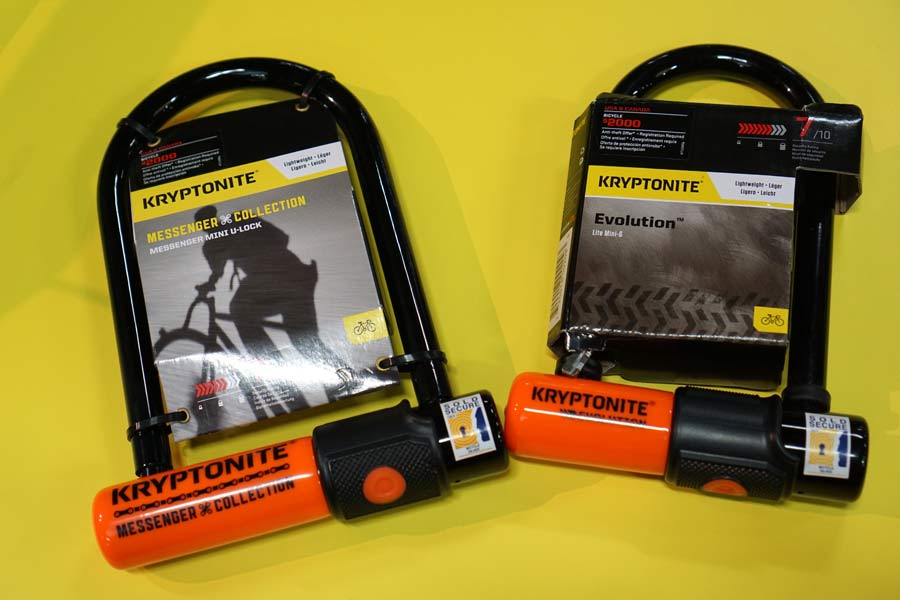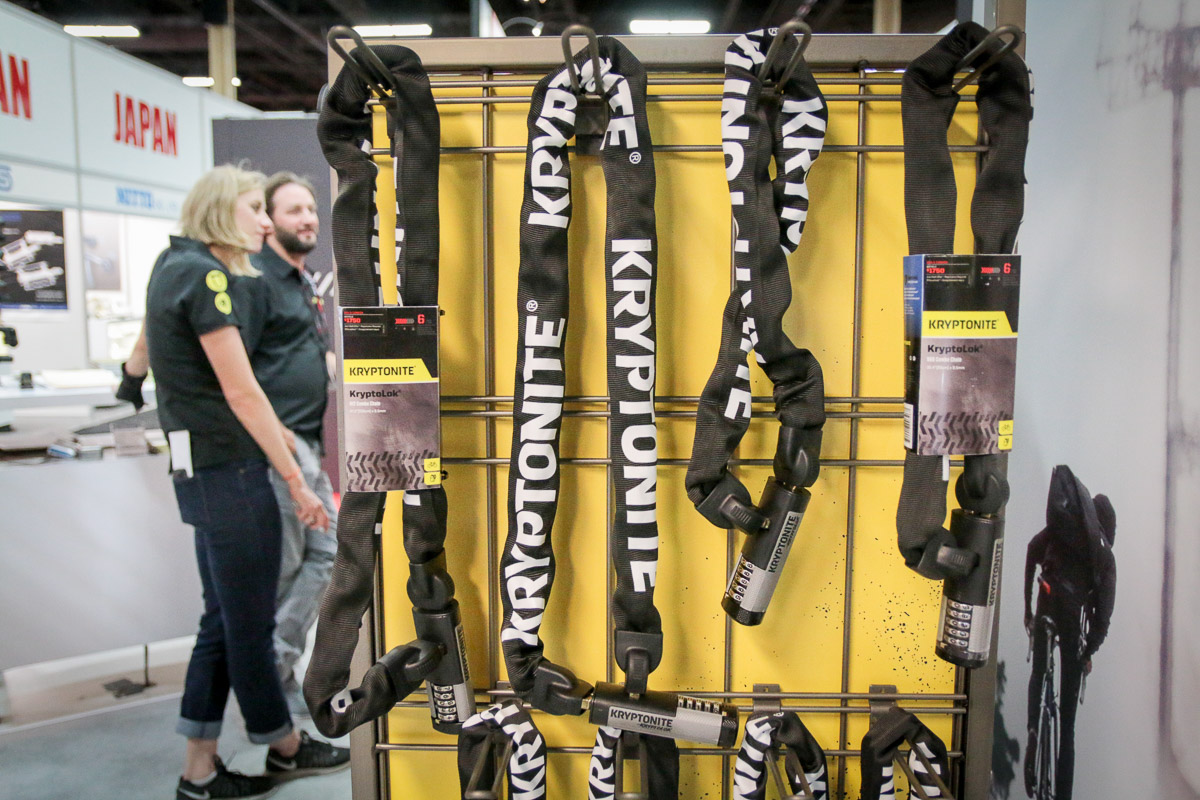We know, there’s no such thing as a stupid question. But there are some questions you might not want to ask your local shop or riding buddies. AASQ is our weekly series where we get to the bottom of your questions – serious or otherwise. Hit the link at the bottom of the post to submit your own question!
Stepping up to the AASQ plate this week is Kryptonite. Probably best known for their yellow or orange locks, Kryptonite has been one of the longest standing names in bicycle locks. Naturally, most of the questions received for the company have to do with bicycle locks and security. This is the first installment – if you have more questions, feel free to send them in for next week!
Pound for pound, with cost as no object, what’s the best material to make a lock out of? – Sarah
Kryptonite: That all depends on the locking scenario. The best lock for New York City is going to be irrelevant in a small rural community. That being said, steel alloys are our favorite weapon in the war on thievery. Steel is versatile, strong, and available. While we’re always on the lookout for exciting new materials, we have yet to identify one that checks all the boxes for us the way good ol’ steel does.
Will it ever be possible to have a lock that will be unbreakable? – Andy
Kryptonite: We guess no. The truth is, given enough time and the right tools, any lock can be defeated. We’ve gotten to where we are though, by striving to always stay one step ahead of thieves.

Why aren’t there more “permanently” mounted bike lock solutions? For instance, lightweight wheel lock that clamps to one side of the fork/stay that simply rotates a bar through a spoked wheel. Looking for basic lightweight security that allows me to not have to create an out-of-place stow spot. The Hiplock Z-lock comes to mind as a design I like. – Dan
Kryptonite: Hi Dan, very European of you to ask. There are places in Europe where the Ring Lock, which sounds like what you’re describing, is the norm. Here in the US, “Free-Locking” as we call it, locking to immobilize, isn’t very popular, and in reality, doesn’t prevent lift-away theft. We do have an option with a Ring-Lock product, that also has a plug-in capability, letting the Ring Lock interface with a plug-in chain or cable, allowing you to both immobilize, and lock to a fixed object when available.
Why do you color code your lock security? Thieves around here (San Francisco) often look for the grey colored ones and pop them open with leverage of the frame. Yellow is strongest, orange is in the middle, and grey is low level. Why show this to thieves from a distance? – Barry
Kryptonite: Hi Barry, thanks for the question. Our product line is, and has always been color coded to help with the purchasing process of the lock. You’re right about the colors and their security level.
While you’re right that a bicycle thief would be able to identify a lower security lock, we do feel that when using an appropriate security level lock, in the appropriate setting, the color can act as an additional theft deterrent. For example, San Fransisco is an orange level lock area, possibly trending towards a yellow level security, where a thief would pass those security levels by. A Kryptolok, which is grey, is not a lock we recommend at all in the San Francisco area. Feel free to check out our security recommendations here: https://www.kryptonitelock.com/en/how-to-choose-lock-landing/bicycle-security.html
Why do you recommend washing your hands after using your products – Georgina
Kryptonite: Hi Georgina, good question, it’s because our locks are made of metal. We are required under Proposition 65 by the state of California to have that warning on our packaging which has the recommendation to wash your hands after you handle our locks. For more information on Prop 65 check out https://oehha.ca.gov/proposition-65.
Got a question of your own? Click here to use the AASQ form, or find the link under the Contact menu header up top anytime a question pops into your mind!


